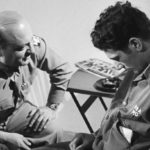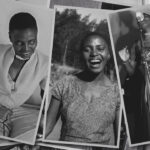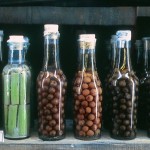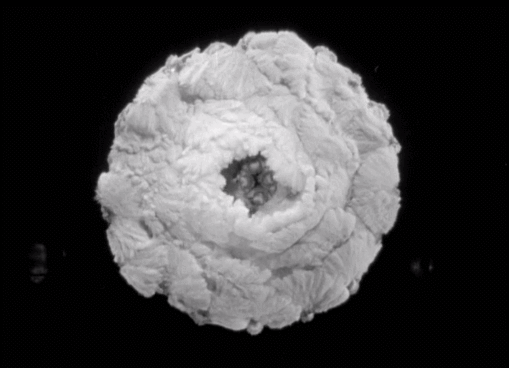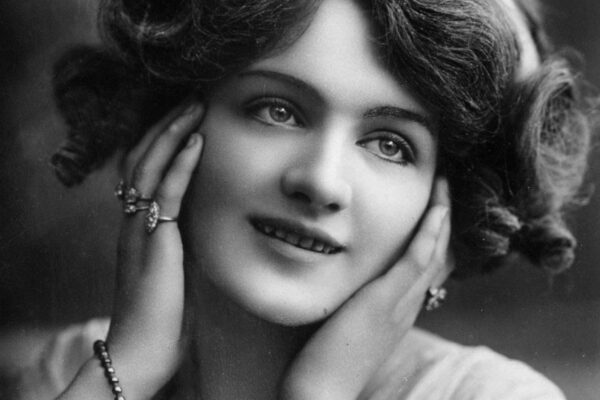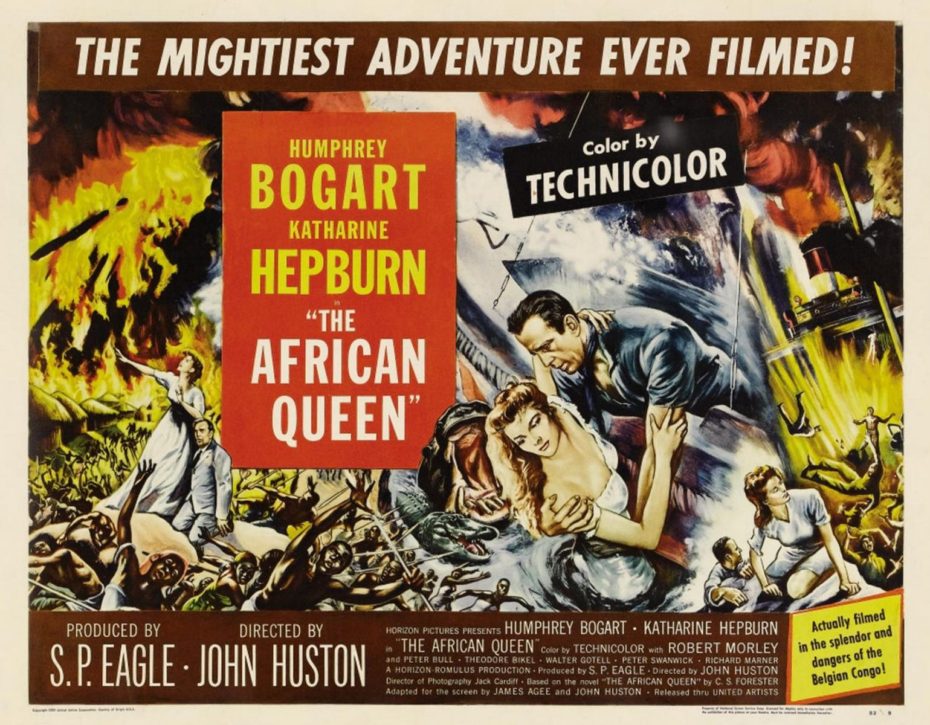
Key Largo! For lovers of all things nostalgic, the name of this small, charming island off the coast of Florida, brings to mind hard-boiled, 1940s film noir……Bogart and Bacall. Whilst on a recent trip exploring the Keys, your stateside correspondent came across something quite remarkable – and entirely suited to the golden age of Hollywood.
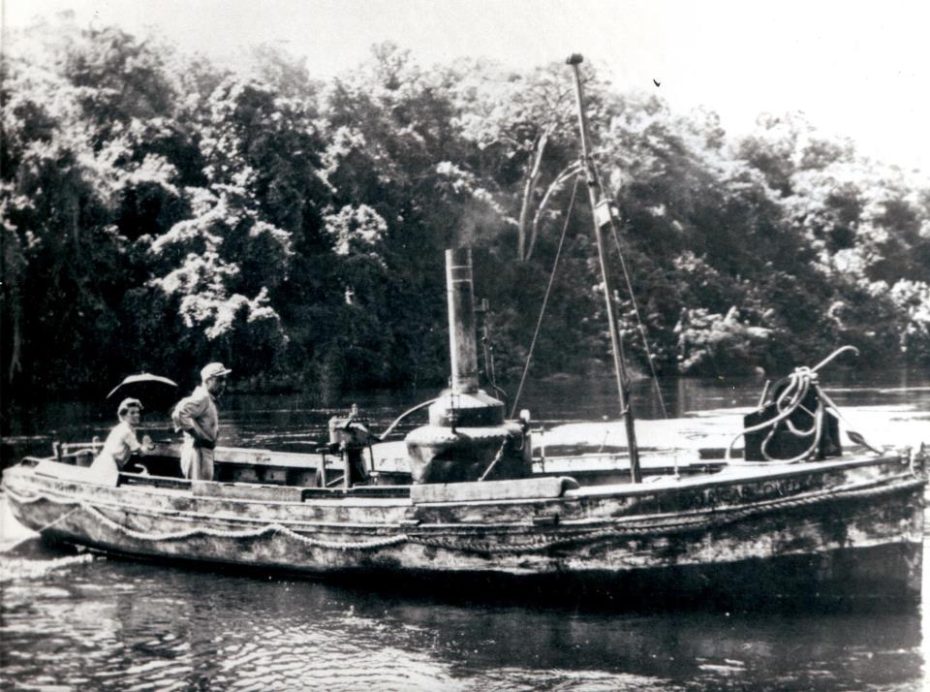
Hidden away, amidst marinas packed with millionaires’ yachts, there is a small, hundred year old steamboat, a ragged Union Jack fluttering from its mast…
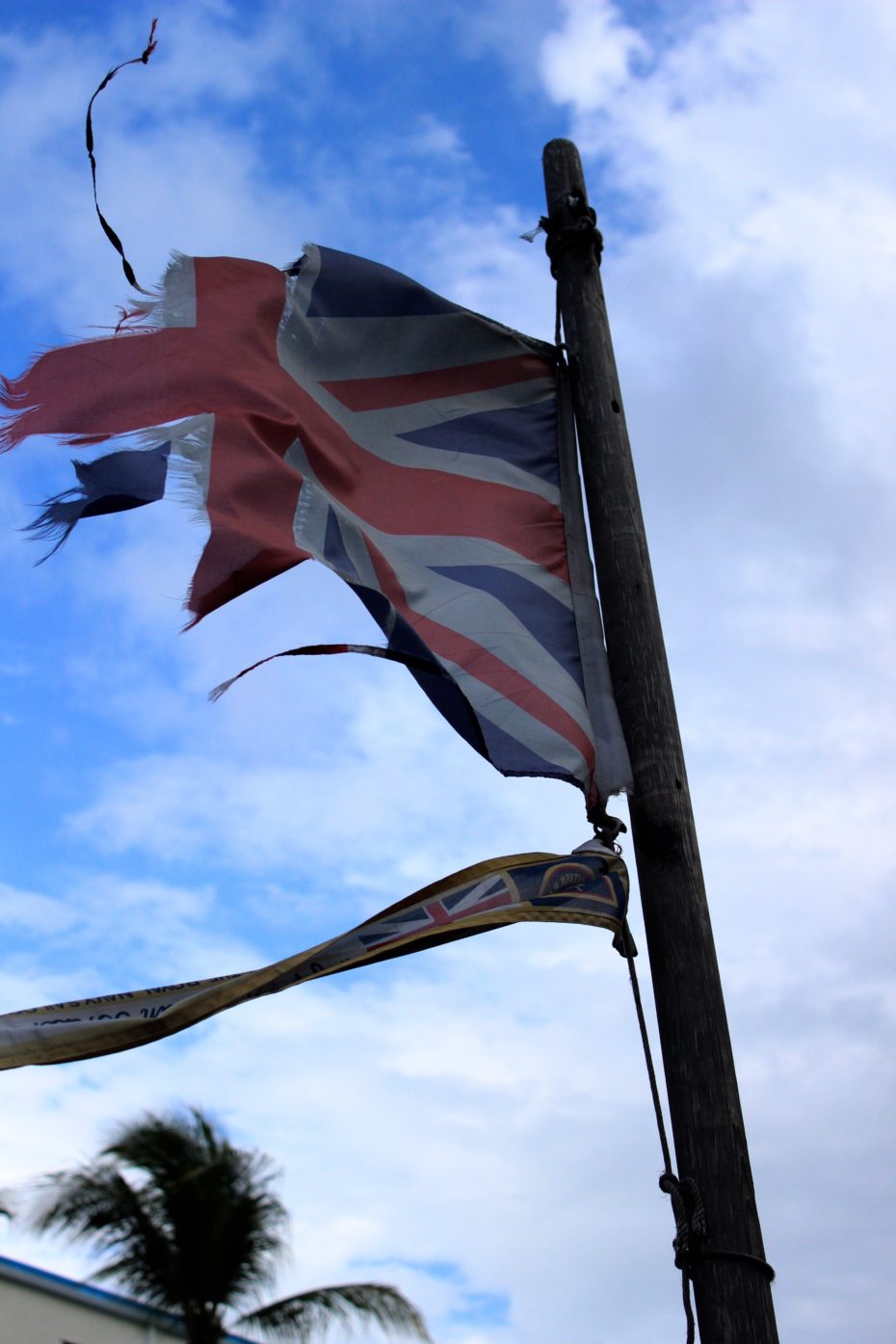
In stark contrast to the gleaming, white hulls towering above it, this small, rugged looking vessel is none other, than the original African Queen, immortalized in John Huston’s 1951 Oscar winning film, starring Humphrey Bogart and Katharine Hepburn.
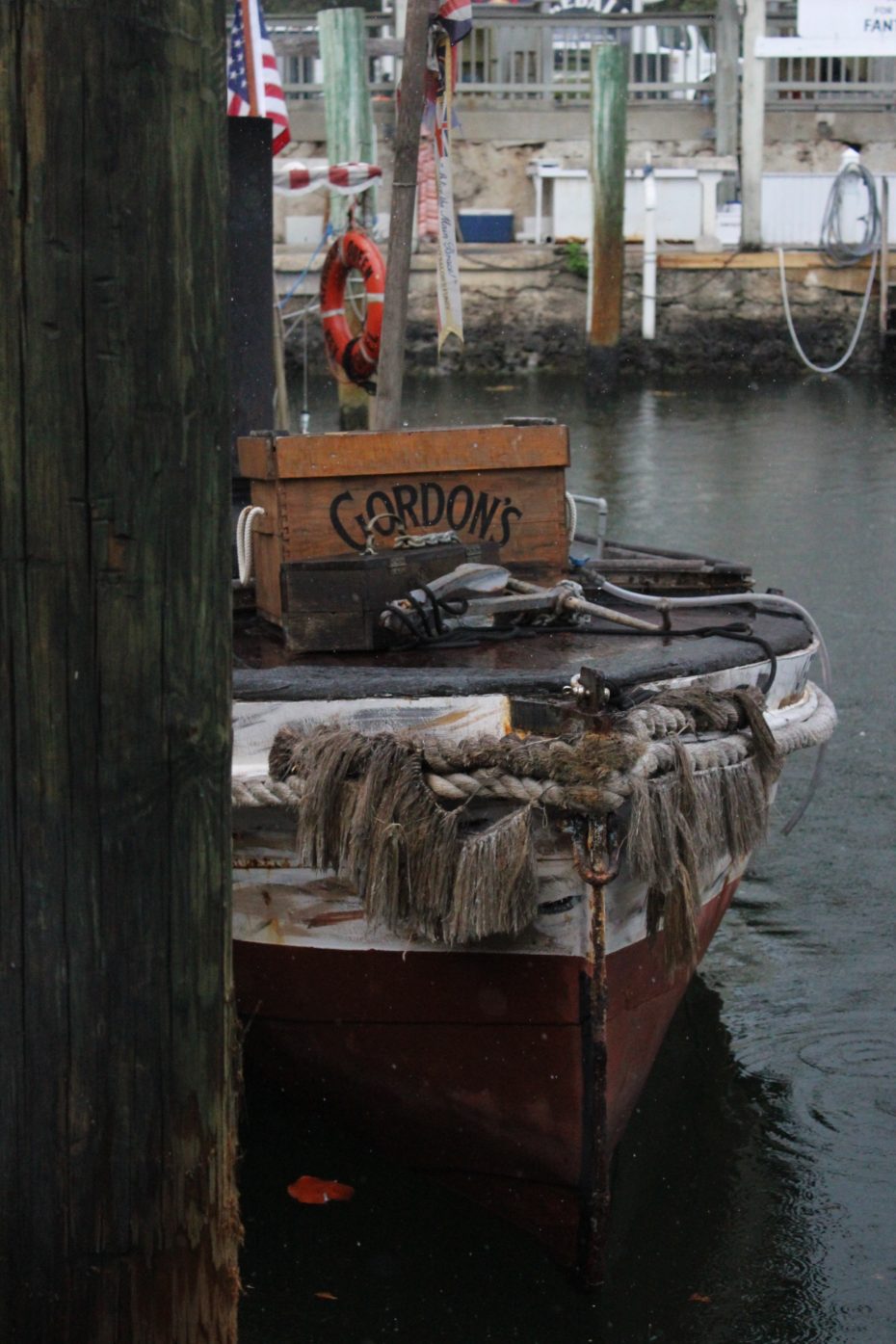
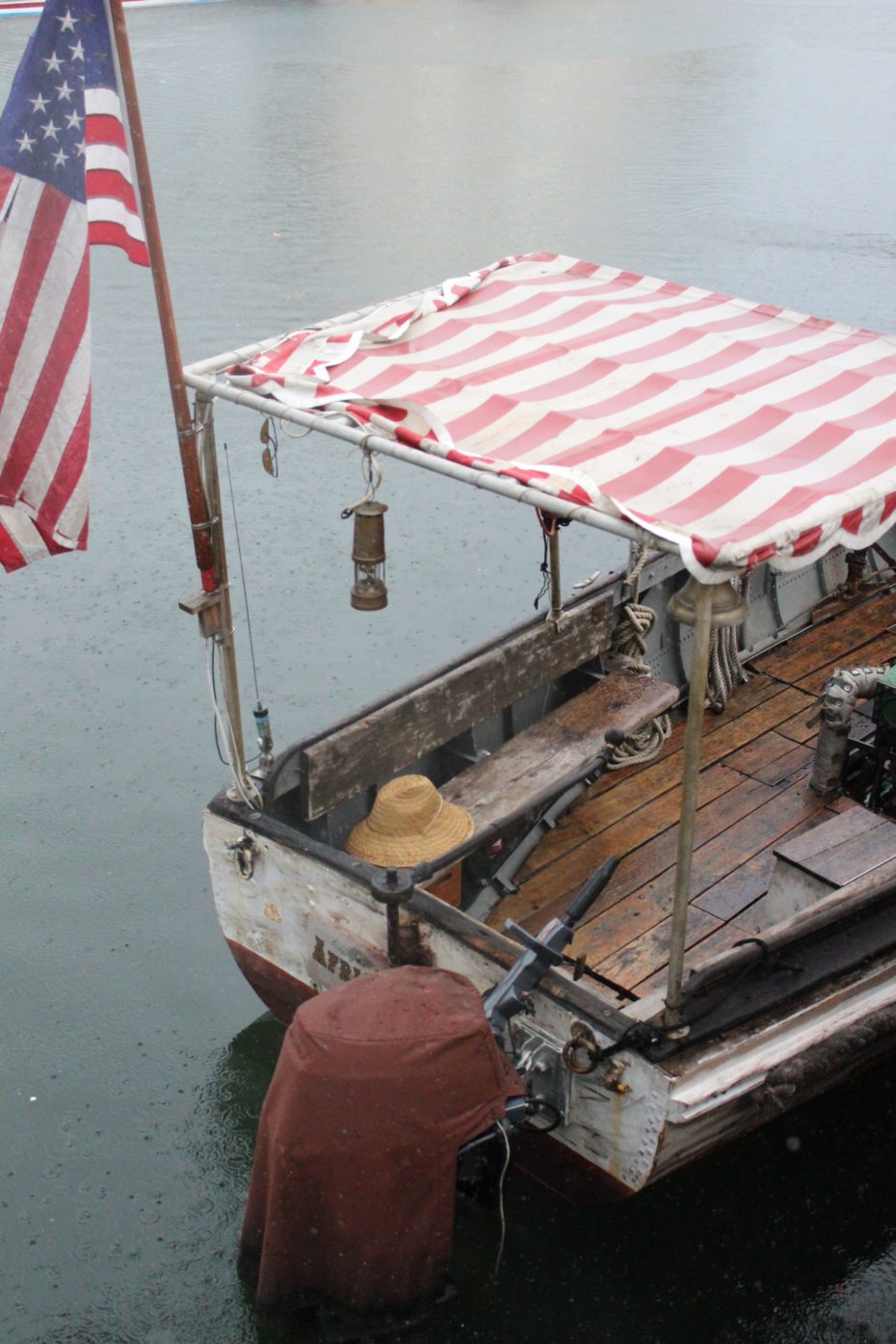
Don your best sailing clothes and climb aboard, as we sets sail for high adventure, aboard a boat that once sailed into the heart of the Congo River, to solve the mystery of the African Queen… (and how this iconic ship end up in Key Largo).
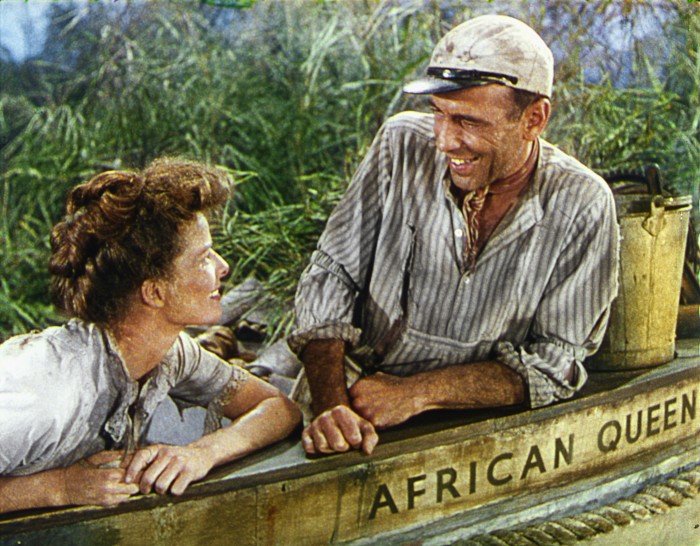
The African Queen tells the story of a gin-soaked, slovenly captain played by Humphrey Bogart, who runs supplies through German East Africa during World War I. On one expedition he has to transport a prim and proper British missionary down river, played by Katharine Hepburn.
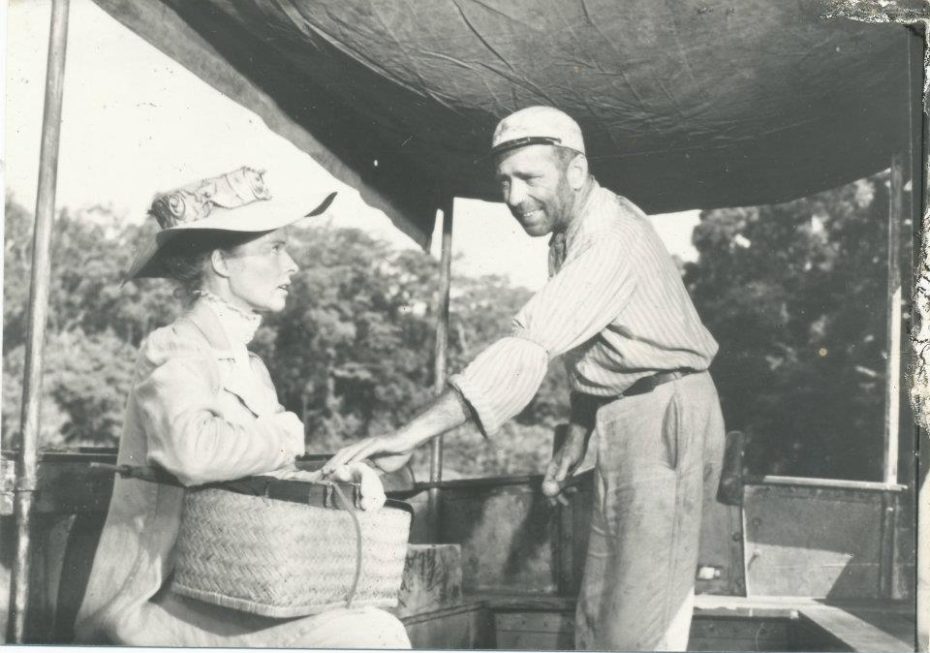
Romance blossoms between the unlikely pair as they treacherously sail to attack a German gunboat patrolling the backwaters of old Colonial East Africa.
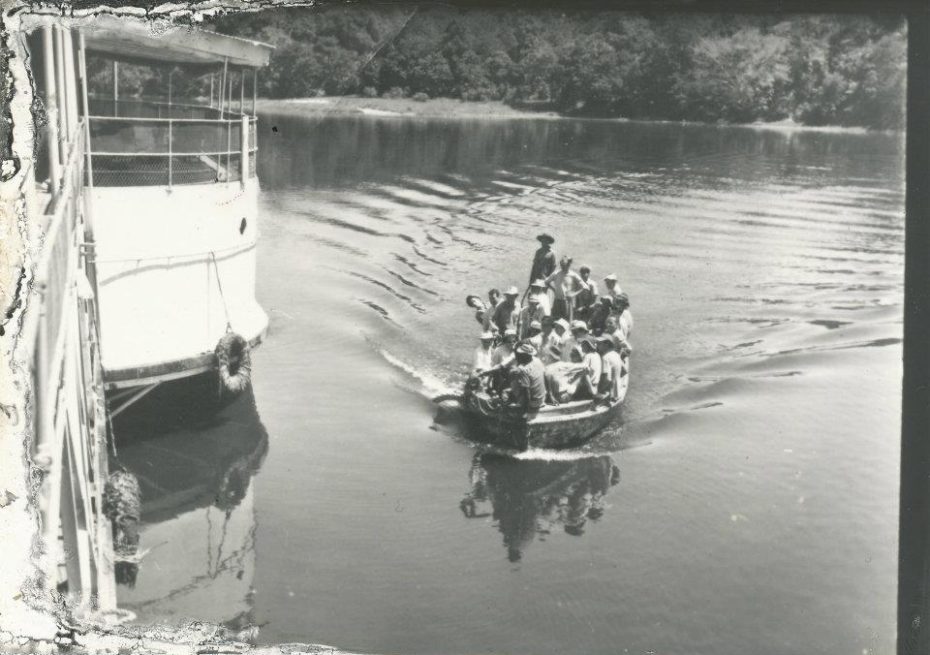
The ramshackle, less-than-reliable, 30-foot steamship used in the film, wasn’t a purpose built prop however; the African Queen was an actual working vessel that had been ferrying hunters, missionaries, mercenaries and supplies along the Victoria Nile, and across Lake Albert for half a century. On a hunting trip to Africa, grizzled director John Huston came across the steamboat and thought she would be perfect for a film.
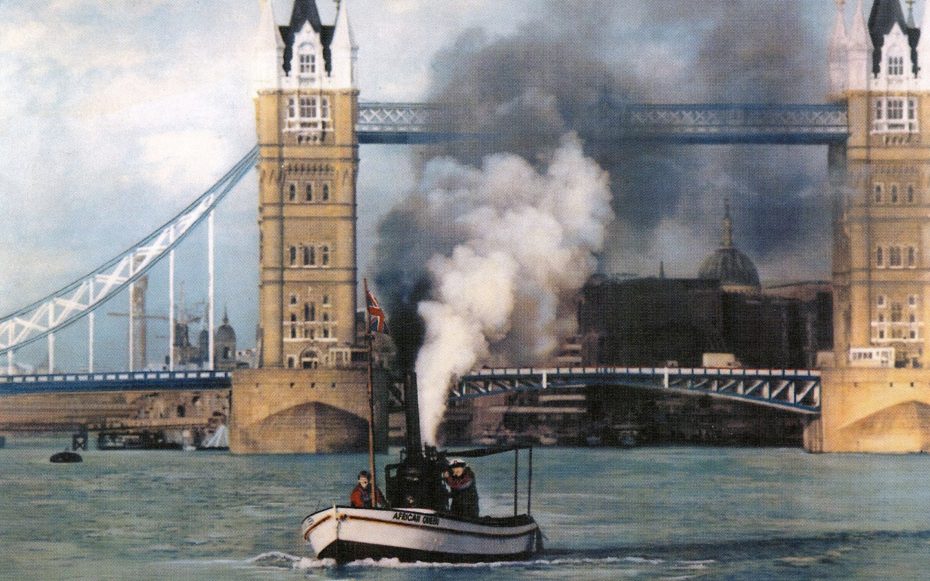
The African Queen had been built in the shipyard of Lytham, England in 1912. Originally called the Livingston, after the eminent Victorian explorer who disappeared in Africa before eventually being rescued, her narrow hull was perfect for navigating the treacherous waters that bordered Uganda and what was then called the Belgian Congo.
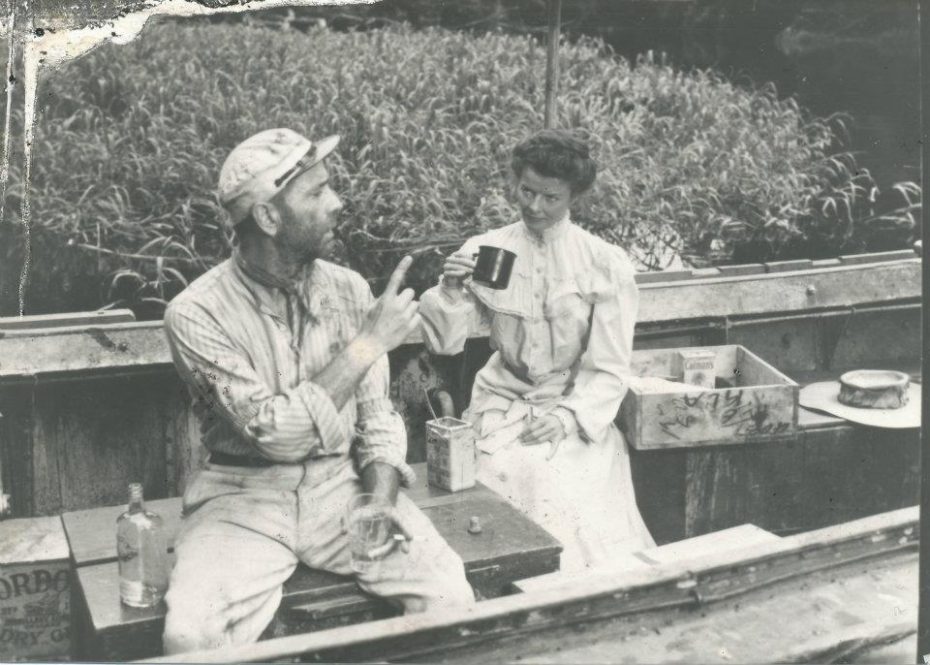
Her close confines would also prove to be a perfect, cramped space for Hepburn and Bogart to spar with each other. “One brought out a vein of humour in the other”, recalled Huston, “which had been missing from the book and the screen-play, grew out of our day-to-day shooting”.
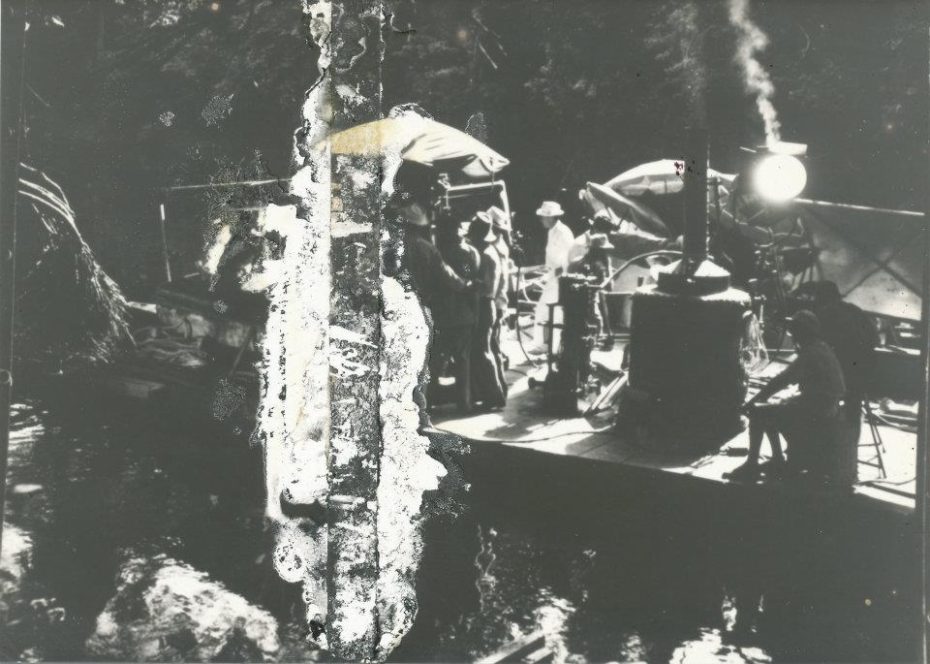
Much of the filming was, unusually for the time, done on location, in the Congo and Uganda. Conditions were harsh, and filming in the jungle proved near disastrous. “Each shot was a nightmare”, recalled Hepburn. “The engine on the Queen would stop. Or one of the propellors would be fouled up…or we would be attacked by hornets.”
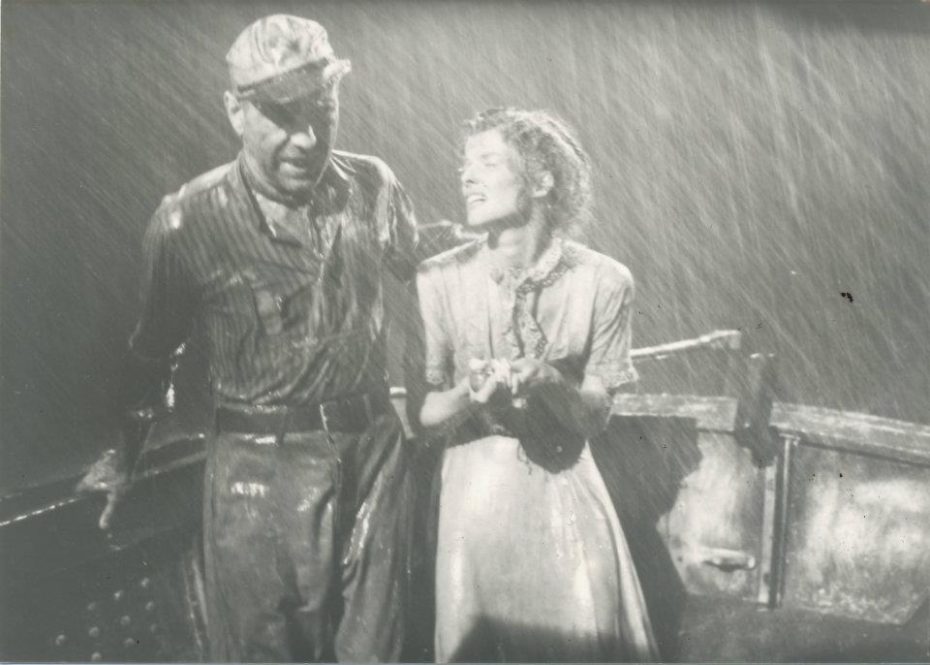
Much of the cast and crew fell desperately ill to malaria and dysentery. Hepburn would keep a bucket placed just off camera as she was vomiting between takes. According to The Telegraph, on one occasion she rushed to an outhouse only to find it occupied with a black mamba snake.
The set was hard drinking and Hemingway-esque; director John Huston would often disappear into the jungle, big game hunting, whilst Bogart spent much of his time either in the bar Huston built on set, or squirrelled away with his young new wife, Lauren Bacall.
But Bogart and Huston’s drinking proved providential; the contaminated water supply on set, saw everyone come down with dysentery. All except Bogart and Huston. “All we ate was baked beans….and drank Scotch Whiskey”, remembered Bogart. “Whenever a fly bit me or Huston, it dropped dead”.
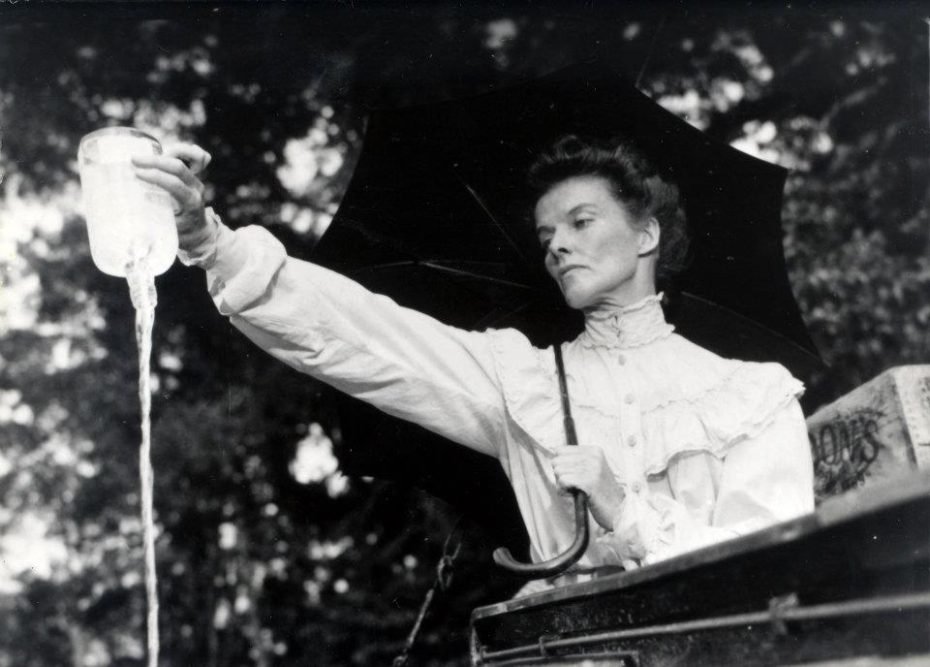
Hepburn, appalled by the amount of drinking going on, called her memoir about the making of the African Queen, “How I Went to Africa With Bogart, Bacall and Huston and Almost Lost My Mind.”
When it was released in 1951, The African Queen soon became one of Huston’s most beloved films. It won Bogart his only Oscar for Best Actor.
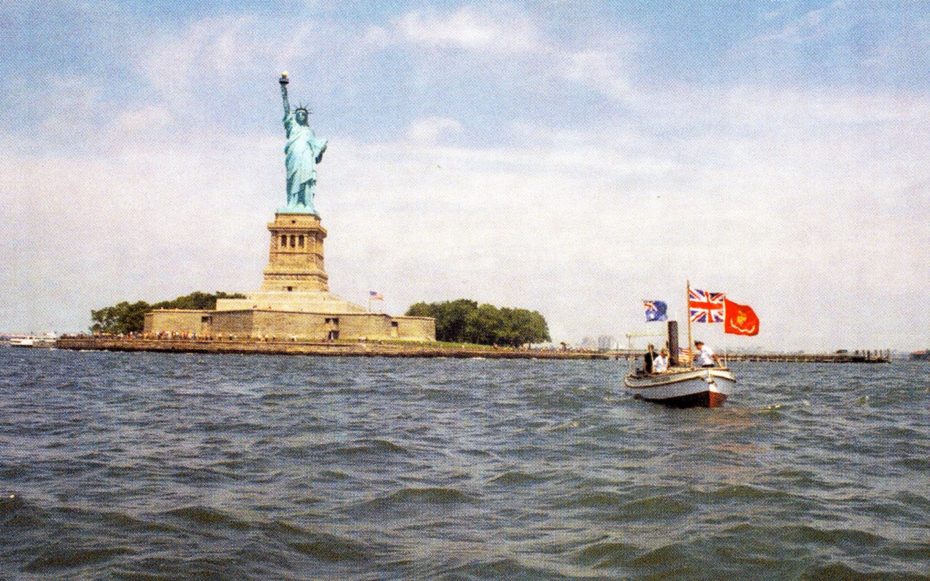
But for all the film’s popularity and critical acclaim, the actual African Queen would go on to lead a storied life, eventually ending up in Key Largo, an ocean away from the Congo River.
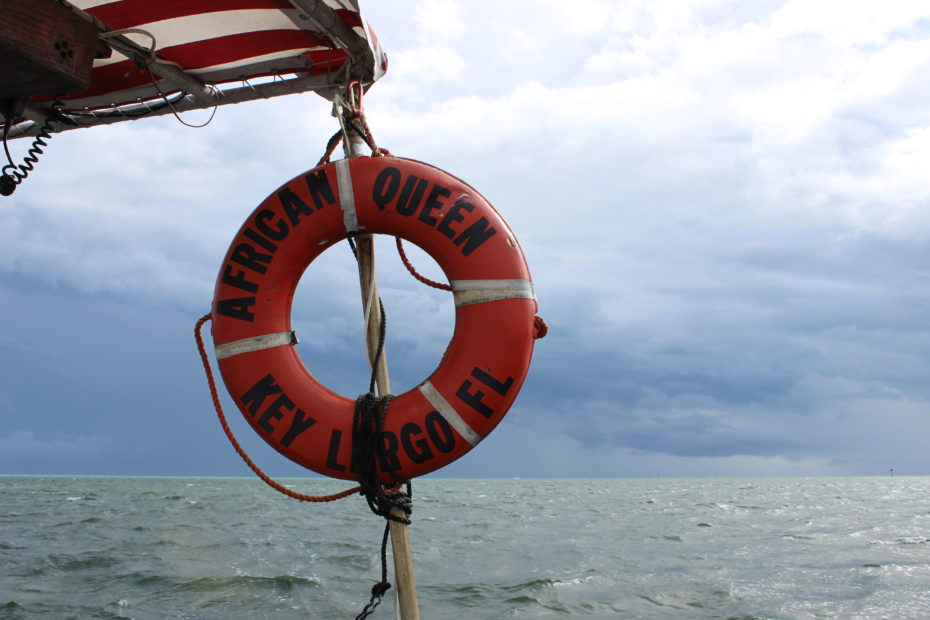
The Florida Keys are one of the most charming destinations in America, perhaps because of their remoteness; the Keys are in the southern most part of the United States, cut off from the rest of the continent. Getting there is delightful in itself; a long overseas highway stretches out across the ocean, connecting the islands to each other. For large parts of the road, it runs alongside an abandoned, tumbled down old railway bridge.
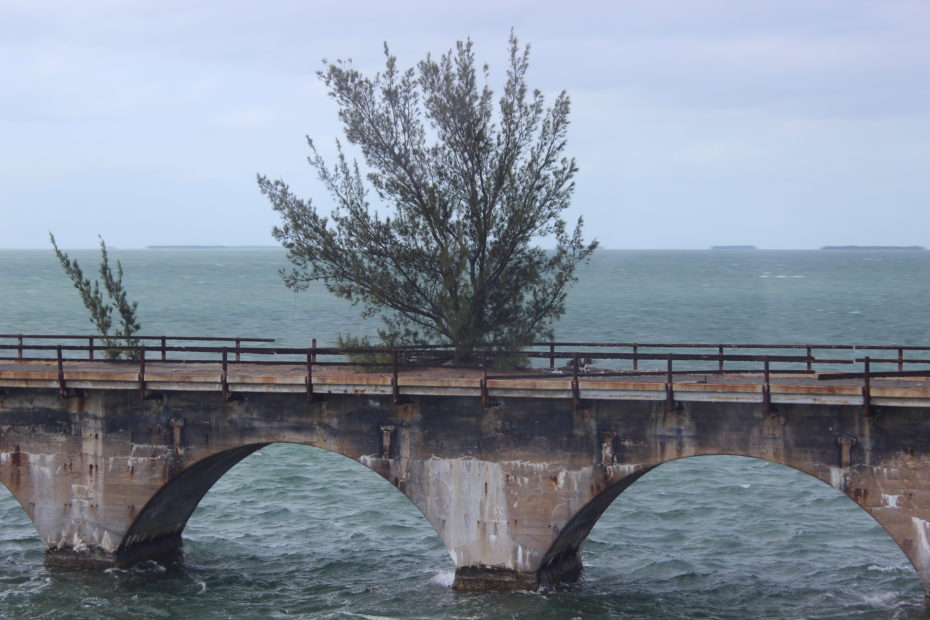
Much of life in the Keys feels like stepping back in time, to an era when Ernest Hemingway still lived there. The Hemingway House is today still home to over fifty six-toed cats descended from his original polydactyl. Amidst the sleepy, Spanish Colonial villas and squares, this is where Pan Am started, running a sea-plane clipper service between Key West and Havana.
In many ways, it is quite the perfect place to find the African Queen…
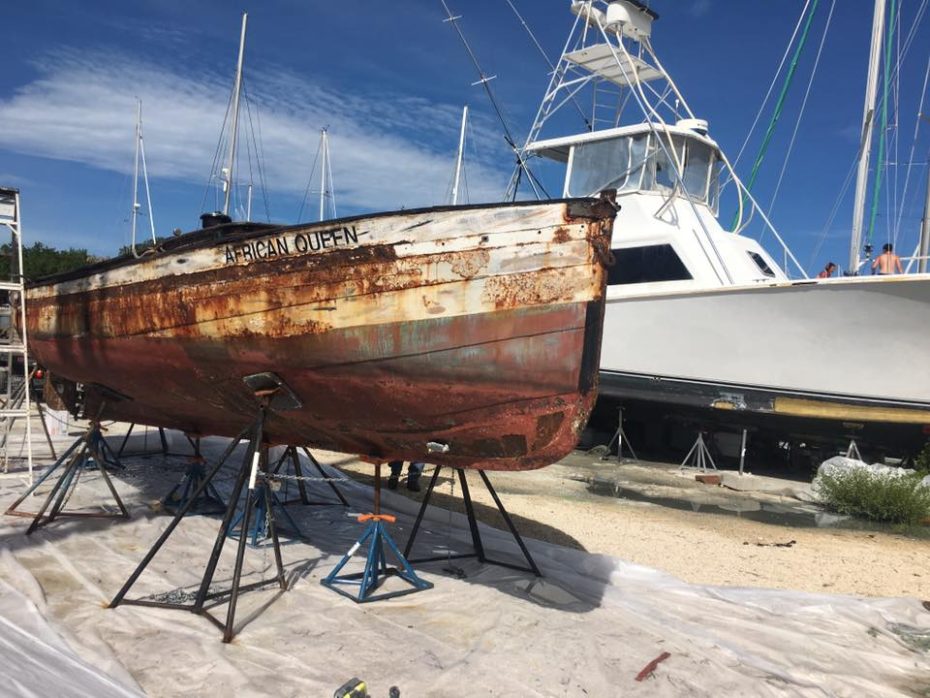
After filming finished, the steamboat continued to work the Congo River and Lake Albert until it was found, floundered in the mud alongside the banks of the Congo. One story has it that the iconic ship was fired upon by Mobutu’s troops, in an attempt to sink what he saw was a symbol of the West.
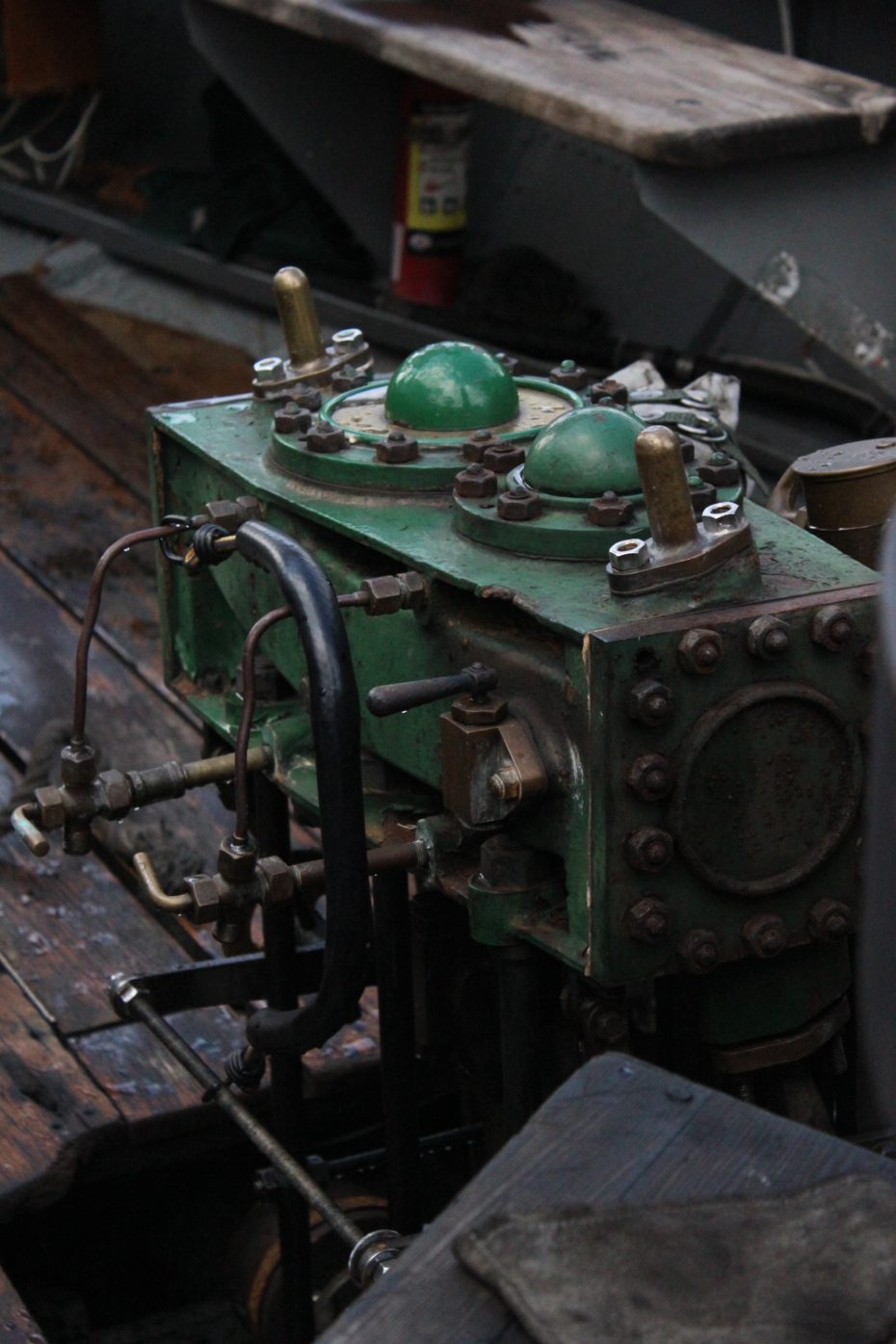
In 1968, she was discovered stricken by a restaurant owner from San Francisco, who dragged her out of the mud, and brought her to the US. The African Queen passed through several owners until a Humphrey Bogart fan, Jim Hendricks Sr. discovered her, languishing in a cow field in Ocala, Florida.
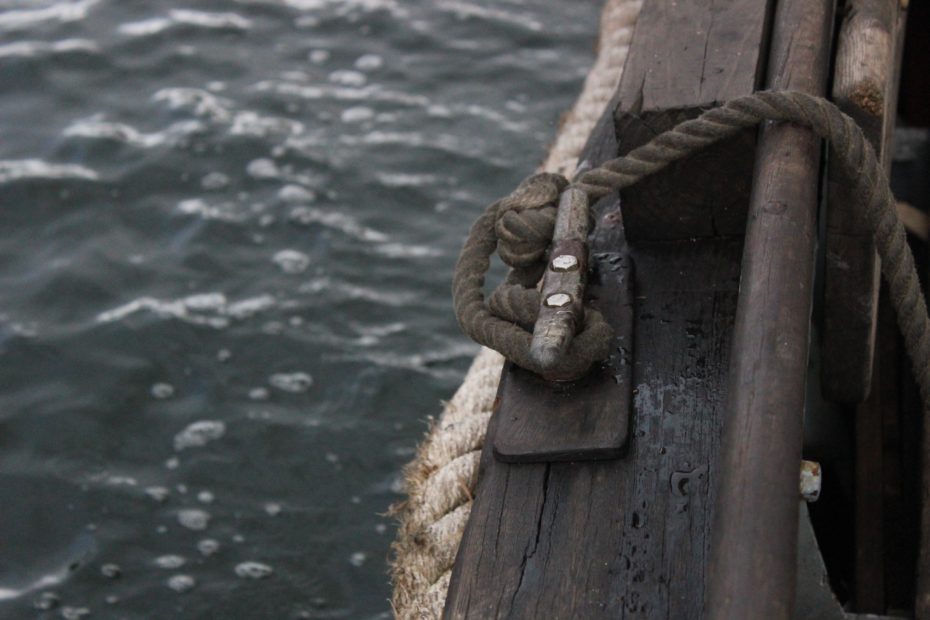
Today, the old steamship has been given a new lease of life by Captain Lance and his wife Suzanne Holmquist.
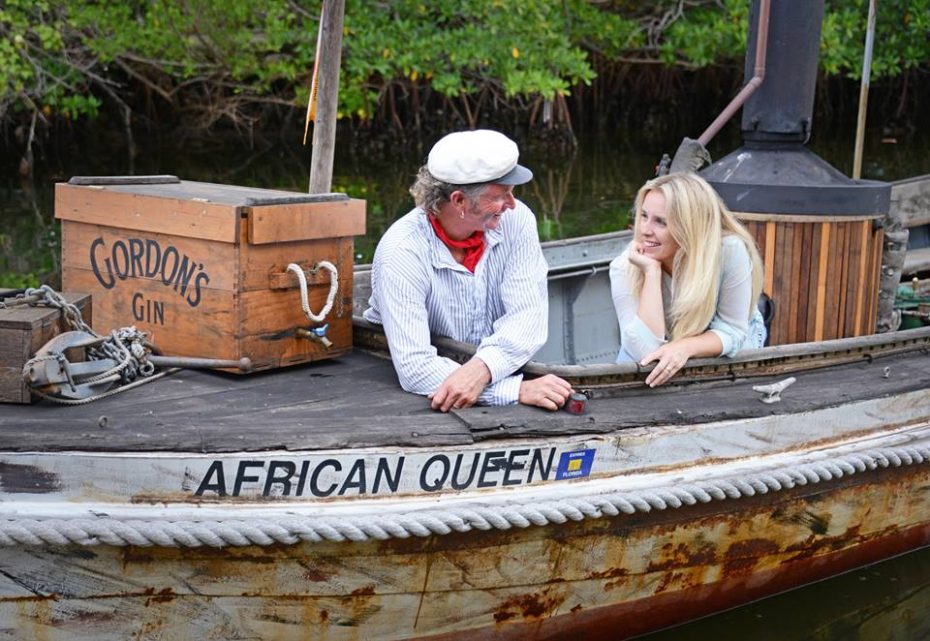
They under took painstaking restoration, bringing the iconic steamboat back to life, so that today, the African Queen looks much as she did in the 1951 film. She is docked in Key Largo, which is where I came across her, exploring the island.
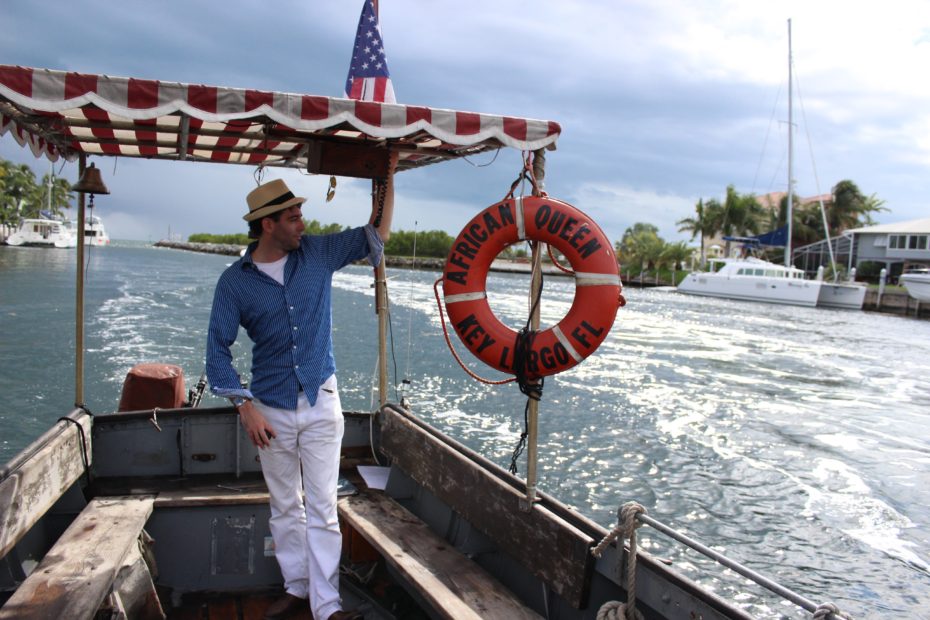
Today Captain Lance offers trips out of Key Largo, which is how I came to somehow find myself sailing the actual African Queen out into the Atlantic.
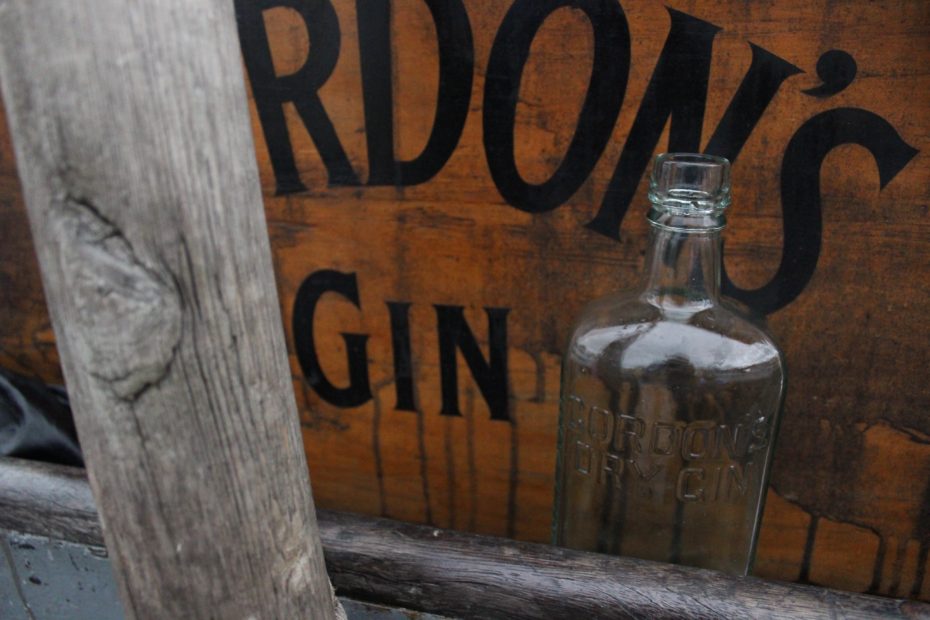
Captain Lance even keeps a bottle of Gordon’s Gin, in honour of Humphrey Bogart, and also Katharine Hepburn, who spent much of the trip down the Congo River, pouring it over the side.
By Luke J Spencer


